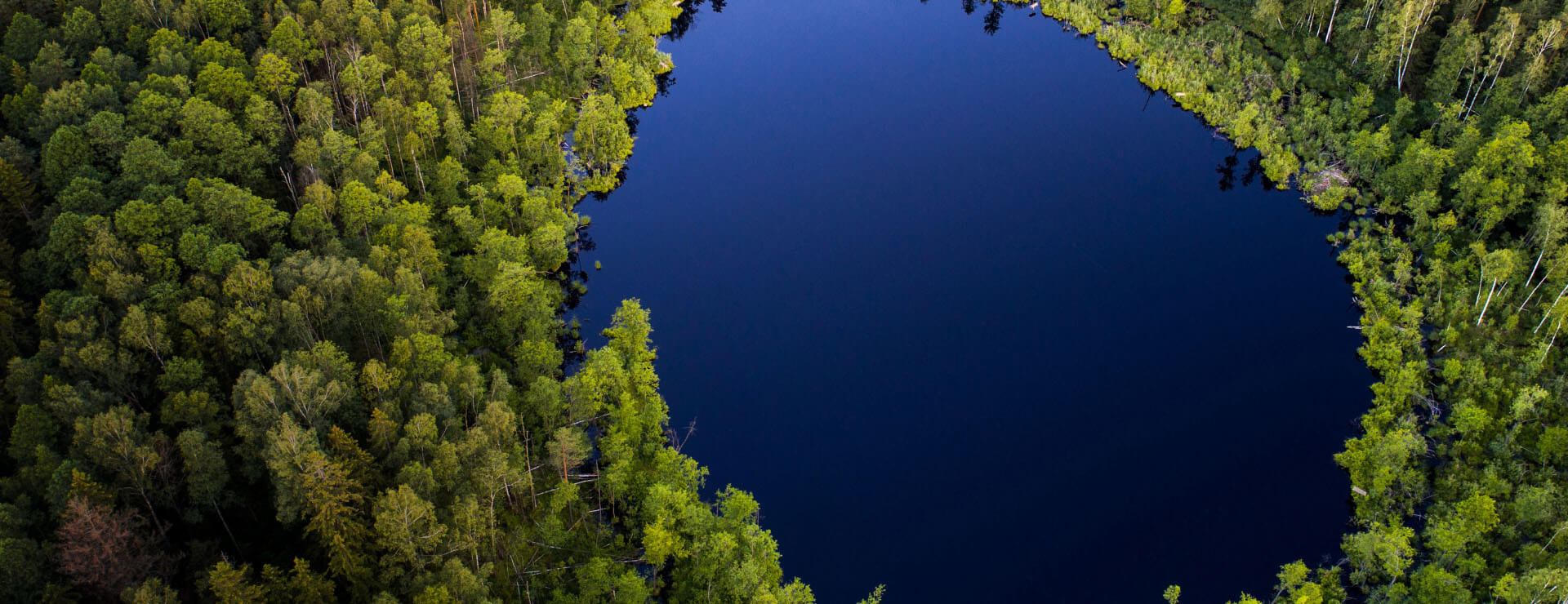
The great biodiversity challenge
JH&P’s lead on responsible investing Sarah Goose outlines how investors are looking to the lessons learned from tackling greenhouse gas emissions to prioritise biodiversity.
If I were to ask you to make a list of the factors threatening our environment and the future of mankind, you’d probably put climate change at the top.
But there’s another crisis, interwoven with climate change, that’s commanded less attention so far: despite our enormous dependence on the natural world at the foundation of our way of life, we are gradually destroying it.
It’s more than just an abstract problem. Loss of biodiversity and the natural world has real, material impacts for business and investors. A good example of this is bees.
Bees are in decline, due to habitat loss and chemical use. Being lovely creatures that make honey should be enough to make us want to preserve them, but a decline in bee numbers has serious consequences for the agricultural industry. A huge swathe of the agricultural sector relies on bees and other pollinators between US$23 billion and US$577 billion of annual food production – making finding a solution a matter of pressing urgency. (IPBES, Report on Pollinators, Pollination and Food Production, 2016)
How much is nature worth?

Estimated value of annual output that is moderately or highly based on nature
Source: World Economic Forum
“The twin crises of biodiversity loss and climate change are among the most significant challenges facing our species today. In some ways the biodiversity crisis is the more intractable – in the area of climate change there is, if nothing else, a universal metric (tonnes of CO2 equivalent) that facilitates communication and provides a common language for negotiators.”
The Little Book of Investing in Nature, Global Canopy, 2021
The other COP
The world’s eyes will be on COP26 next week, but this isn’t the only high-level environmental summit this year. The first part of COP15, the Convention on Biological Diversity (CBD), took place earlier this month. Nominally held in Kunming in China, this was mostly an online event in 2021, with the second half continuing in April next year.
As with the COP26 on Climate Change, the Convention on Biological Diversity asks parties to commit to halting and reversing damage caused by human activity. In 2010, governments agreed 20 ambitious targets to halt the destruction of nature within a decade, although with the deadline passed last year none of the targets has been fully achieved.
As individuals and investors, it’s crucial that we develop a greater understanding of the consequences of biodiversity loss and ecosystem change, but the complexity of the problem makes it difficult to comprehend. The Earth’s systems and processes are delicately interwoven – small changes in one area may cause dramatic and cascading effects elsewhere.
Source: Dasgupta Review, HM Government, 2021
The growth and resilience of global economies relies on human capital, produced capital, and of natural capital – this is the stock of renewable and non-renewable resources (such as plants, animals, soils, minerals, ecosystems) that combine to yield a flow of benefits to people, referred to as ecosystem services.
Five drivers of nature loss
“We are all asset managers.” – The Dasgupta Review, HM Treasury, 2021
In his landmark review on the economics of biodiversity, published in February this year, Professor Sir Partha Dasgupta likens biodiversity to assets within an investment portfolio.
Making sure you include different asset types, industries and regions in an investment portfolio tends to reduce overall risk – if one area suffers a setback, you have assets elsewhere that are unaffected. Similarly, making sure we are surrounded by a diverse range of plants and animals will help protect from risks that could impact the food supply, access to fresh water and ecosystems that reduce carbon in the atmosphere.
Sustaining a strategy of biodiversity relies on achieving a balance between our use of natural resources and our planet’s ability to supply them. Progressive companies and investors are beginning to ask more questions as biodiversity loss undermines the integrity of all businesses. While it’s more obvious in sectors that rely on soft commodities or weather patterns, it also presents risks to supply chains across many industries.
Getting the measure of the problem
In contrast with efforts to fight climate change, where there are clear quantitative goals to reduce greenhouse gas emissions, the numerous drivers of biodiversity loss make it more challenging to get the problem in our sights. Clarity is required on how nature as an asset should be incorporated into decision-making and disclosure.
This is where the Taskforce on Nature-related Financial Disclosures (TNFD) comes in. Formed through a partnership between independent and UN-backed agencies, it’s looking to develop a globally consistent way to measure and discuss how businesses use the natural world. It takes inspiration from the Taskforce on Climate-Related Financial Disclosures, which has been such an effective way to galvanise governments, businesses and investors to tackle climate change.
What does it mean for investors?
We know the corporate world has a big role to play. Increasingly, companies want to make a positive contribution to reducing biodiversity loss as well as manage the risks to their own businesses, be they physical, reputational, regulatory, financial or liability risks. And prevention is better than cure — it is less costly to conserve nature than to restore it.
Investor awareness of the link between biodiversity and climate change is beginning to encourage positive action. Change comes from engagement, collective action and enhanced scrutiny on areas like responsible sourcing and supply-chain management, with the latter already under the spotlight in the post-pandemic environment.
Momentum is building. The next steps to enable adoption will be regulation and data. Regulation has helped catalyse the integration of ESG factors within business models; Europe has led the way with the EU Taxonomy among other measures, lighting the path for other nations to include nature in disclosure regulations.
Moonshots becoming mainstream
With the factors outlined above, come opportunities. Arising both from enhanced practices at existing businesses, there will also be more opportunities to invest in companies driving change across a wide range of nature-based solutions, from alternative proteins and regenerative agriculture to geospatial imaging and blockchain solutions.
Some of these technologies seemed far-fetched or ‘moonshot’ ideas not too long ago, but they’re already being embraced by mainstream companies. Nestlé and Unilever, for example, are investigating the potential of plant-based proteins, while Google is gradually expanding the scope of google maps to allow complex geospatial analysis to help measure human impact on the land.
In the near term, opportunity will arise from greater transparency, knowledge and understanding.
If you would like to find out more about this topic, please contact Sarah Goose.